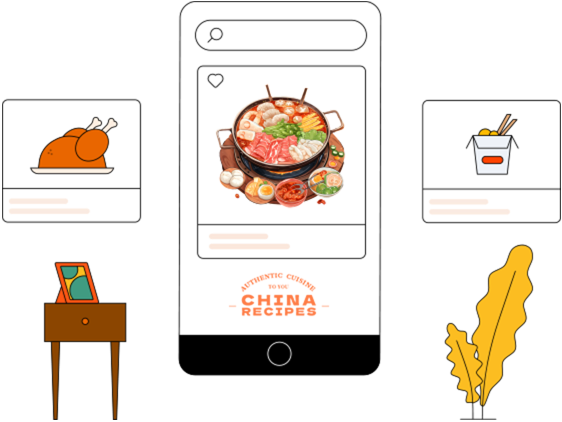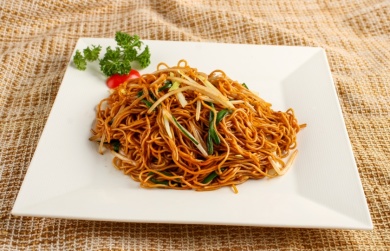Is Chow Mein a Junk Food? Let's Analyze

Chow mein is extremely delicious, but my mom says it's junk food. Is that really true?
Is Chow Mein a Junk Food?
Chow mein is not junk food.
Chow mein is made from noodles. Noodles are made from flour and are rich in carbohydrates, which are an important source of energy in the human diet. Vegetables and meat are also added during the stir-frying process. This not only enriches the taste of chow mein but also provides the human body with essential nutrients such as vitamins, minerals, and protein. Therefore, chow mein does not fall into the category of junk food.
However, try to use less oil and salt when making chow mein. Excessive intake of oil and salt will increase the burden on the body and is not beneficial to health.
Is Chow Mein a Healthy Food?
Whether chow mein is healthy mainly depends on the cooking method and ingredient selection.
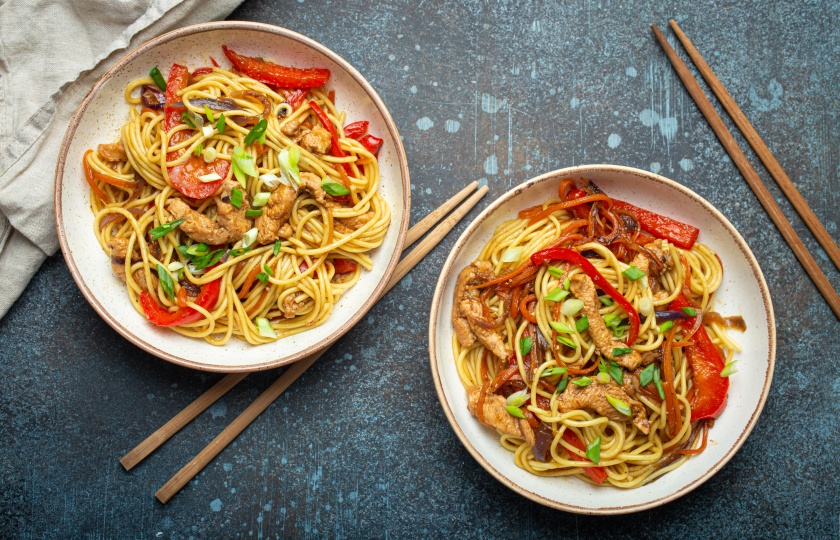
If you use a large amount of oil and high-salt seasonings when making chow mein, the calorie and fat content of chow mein will be very high at this time. Excessive consumption may have a negative impact on health. But if you use a small amount of oil and pair it with a variety of vegetables and high-quality proteins, the resulting chow mein will be more nutritionally balanced and relatively healthy.
From a nutritional perspective, chow mein can provide the human body with carbohydrates, proteins, vitamins, and dietary fiber, which helps to replenish energy, increase satiety, and promote digestion. However, some vitamins may be lost during the high-temperature stir-frying process of chow mein. At the same time, if the ingredients are single and there is too much oil, it will increase the risk of obesity and cardiovascular diseases.
What Food Category Is Chow Mein?
Broadly speaking, chow mein belongs to a type of pasta because it is made from noodles, and noodles are foods mainly made from flour. It can be eaten as a staple food to supply energy to the body.
If further classified, chow mein can be categorized as Chinese fast food or a snack because chow mein is a very popular fast food in China and can be found on the streets and alleys. It is quick to make, and both office workers and students can enjoy this delicious dish in a short time.
Is Chow Mein a Snack?
According to the criteria for traditional snacks - small, convenient, and able to quickly satisfy hunger - chow mein indeed meets these criteria. Because chow mein is simple to make and can be ready in a few minutes. It is convenient to eat and can quickly replenish energy.
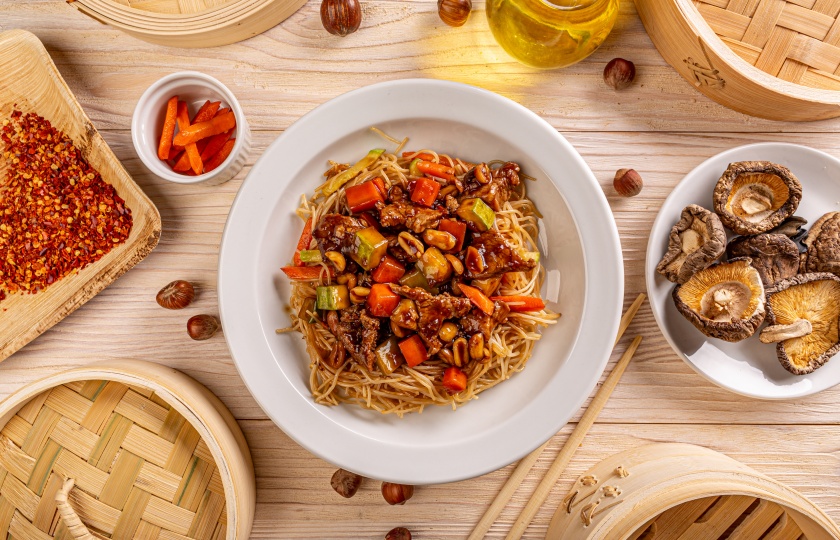
However, in some cases, chow mein is not completely considered a snack. For example, in a formal restaurant, chow mein may appear on the menu as a staple food or a dish. For instance, in a Chinese restaurant, you may order a serving of chow mein as a staple food and eat it with other stir-fried dishes. At this time, it is more like an important part of a meal rather than just a snack.
Or in some business meals or family gatherings, chow mein may also be served as a staple food. People will eat it paired with other dishes to meet the nutritional and satiety needs of a meal.
Is Chow Mein a Side or an Entree?
Chow mein belongs to the category of staple foods and also has the characteristics of a dish.
The noodles in chow mein are the main ingredient, and noodles themselves are a staple food rich in carbohydrates, which can provide energy to the human body. After adding vegetables, meat, or other ingredients during the stir-frying process, chow mein also has the nutritional and flavor characteristics of a dish.
Therefore, chow mein can not only be used as the staple food of a meal to provide satiety but also meet people's demand for delicious dishes with its rich ingredients.
Is Chow Mein a Type of Pasta?
Chow mein is not Italian pasta. They are two different foods with significant differences.
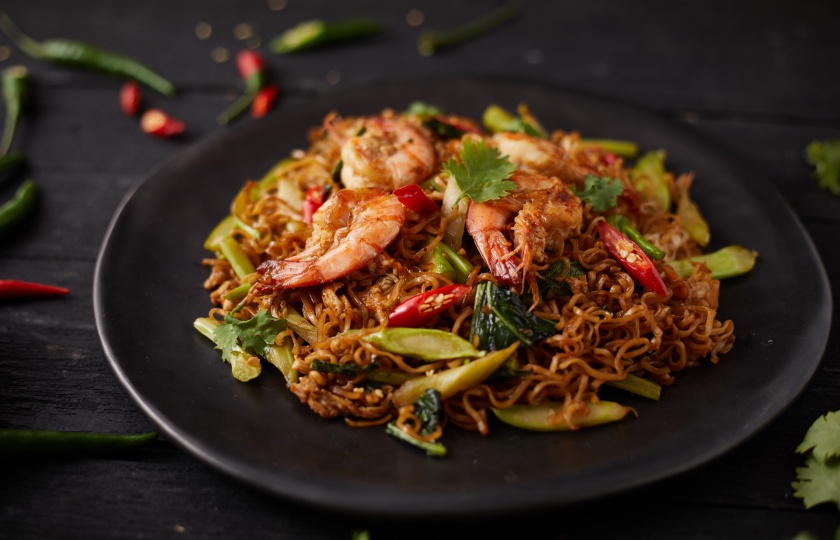
Chow mein is a type of Chinese pasta. It is made by stir-frying instant noodles or handmade noodles quickly over high heat with a variety of vegetables, meat, and seasonings. Its characteristics are a rich sauce and a diverse taste, and the ingredients can be adjusted according to personal taste.
Italian pasta, on the other hand, belongs to Western pasta. It is mainly made from durum wheat flour and has a relatively firm and chewy texture. After cooking the Italian pasta, it is usually paired with simple seasonings such as tomato sauce, cream sauce, or olive oil, and it is rarely stir-fried over high heat. Italian pasta comes in various shapes, such as long and thin spaghetti, fusilli, etc., and each shape has different ways of pairing.





